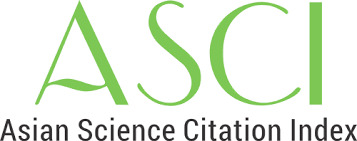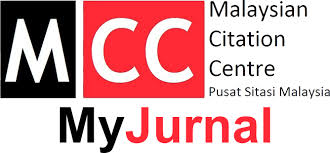AMALAN KEPIMPINAN DISTRIBUTIF PENTADBIR DAN HUBUNGANNYA DENGAN TEKANAN KERJA GURU SEKOLAH RENDAH DI ZON CHERAS [DISTRIBUTIVE LEADERSHIP PRACTICES OF ADMINISTRATORS AND IT RELATIONSHIP WITH JOB STRESS OF ELEMENTARY SCHOOL TEACHERS]
Abstract
Abstrak: Amalan kepimpinan distributif merupakan amalan kepimpinan yang perlu diamalkan oleh pemimpin sekolah selaras dengan anjakan kelima dalam PPPM 2013-2025 iaitu memastikan kepimpinan berprestasi tinggi ditempatkan setiap sekolah. Artikel ini bertujuan mengenal pasti amalan kepimpinan distributif pentadbir dan hubungannya dengan tekanan kerja guru. Rekabentuk artikel berasaskan tinjauan dan sampel artikel melibatkan seramai 108 orang guru sekolah rendah di Zon Cheras . Instrumen artikel adalah soal selidik yang telah dianalisis secara deskriptif bagi mengukur tahap amalan kepimpinan distributif (skor min 4.20). Hipotesis artikel adalah mengkaji adakah terdapat hubungan dan pengaruh antara amalan kepimpinan distributif pentadbir dan tekanan kerja guru di sekolah rendah Zon Cheras. Dapatan artikel menunjukkan bahawa terdapat hubungan dan pengaruh yang signifikan antara faktor dimensi amalan kepimpinan pentadbir dengan tekanan kerja guru sekolah rendah di Zon Cheras. Implikasi artikel kepada KPM dan PPD adalah dengan memberi latihan kepimpinan untuk para pentadbir. Latihan tersebut perlu memberi tumpuan kepada kemahiran dan pengetahuan yang diperlukan untuk mengamalkan kepimpinan distributif. Selain itu, pentadbir yang mengamalkan kepimpinan distributif dapat membina budaya organisasi yang lebih berkualiti. Kepimpinan distributif membantu memupuk budaya organisasi yang lebih terbuka, kolaboratif dan diperkasakan. Mereka akan lebih berdaya saing dan memainkan peranan aktif di sekolah serta lebih bermotivasi untuk mencapai matlamat pencapaian dan kecemerlangan. Ini boleh memberi kesan positif kepada keseluruhan personaliti dan suasana kerja sekolah.
Abstract: In order to ensure good performance, which is the fifth shift in the PPPM 2013–2025, school leaders must adopt the leadership practice of distributive leadership. Every school has a leadership position. The purpose of this essay is to identify administrators' distributive leadership methods and how they relate to the workload strain experienced by teachers. The article's layout is based on a survey and a selection of articles from the Cheras Zone's 108 primary school teachers. The article uses a questionnaire as its instrument, and it uses descriptive analysis to determine the degree of distributive leadership practice (mean score: 4.20). The article's hypothesis is to investigate if distributive leadership styles used by administrators and the workload pressure experienced by primary school teachers in the Cheras Zone are related. The article's conclusions demonstrate a strong correlation and influence between the administrative leadership practice dimension's components and the workload of primary school teachers in Cheras Zone. The article implies that administrators should receive leadership training from Malaysia Education Ministry and District Education Office. The instruction ought to concentrate on the abilities and understanding required to use distributive leadership. Administrators that use distributive leadership techniques can also create an improved organisational culture. An organisational culture that is more transparent, cooperative, and empowered is fostered by distributive leadership. They will be more driven to pursue greatness and achievement, more competitive, more involved in the classroom. This may have a favourable impact on the school's general demeanour and environment.












